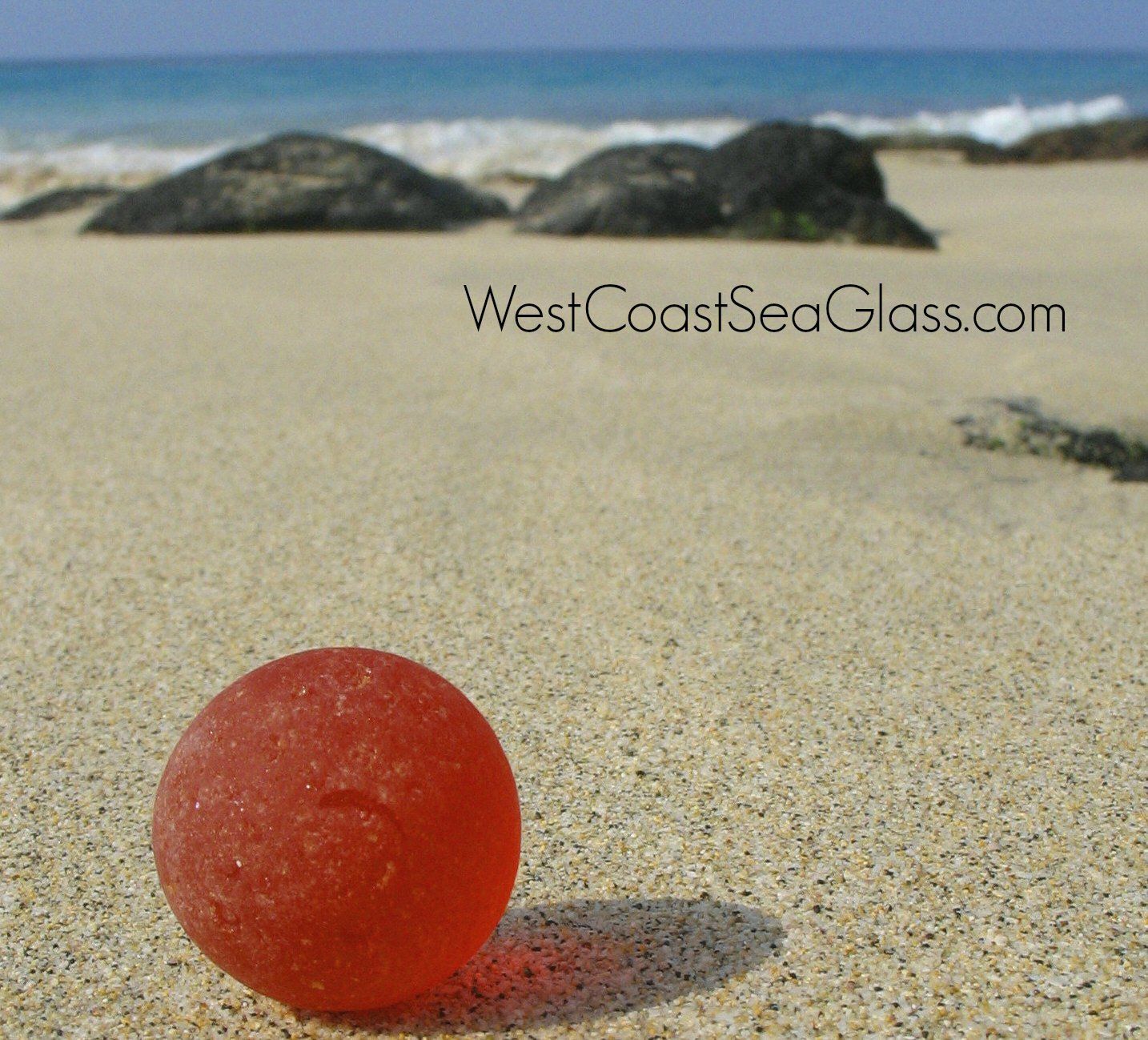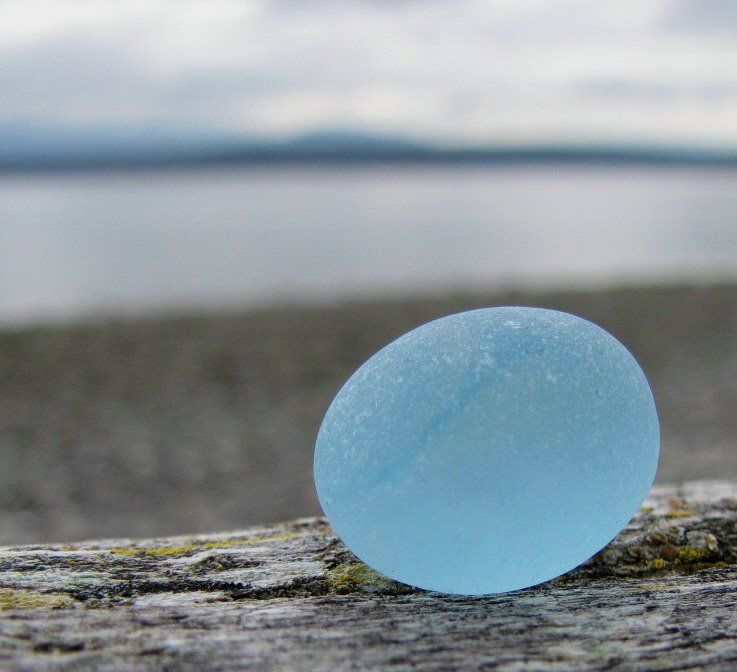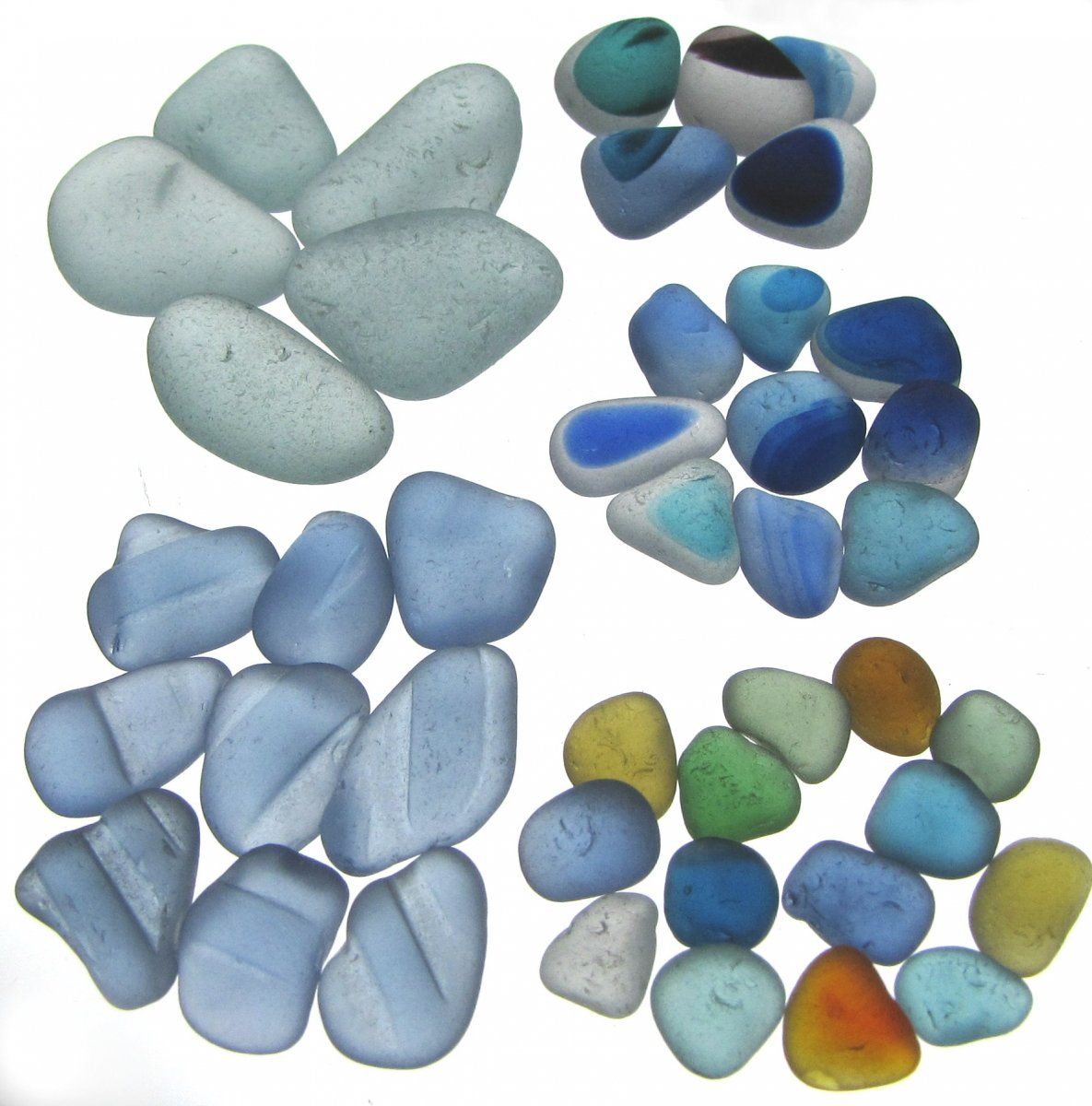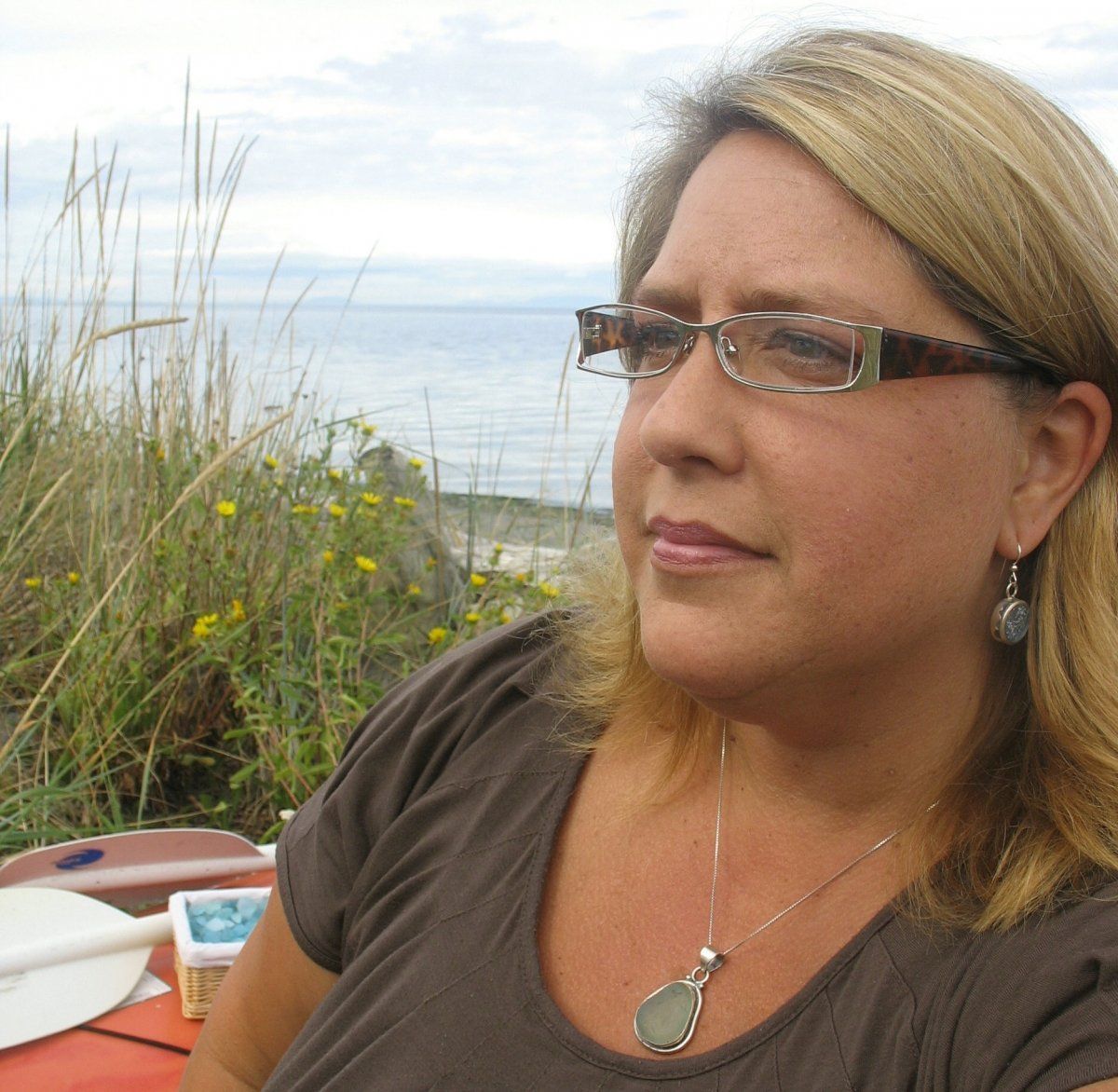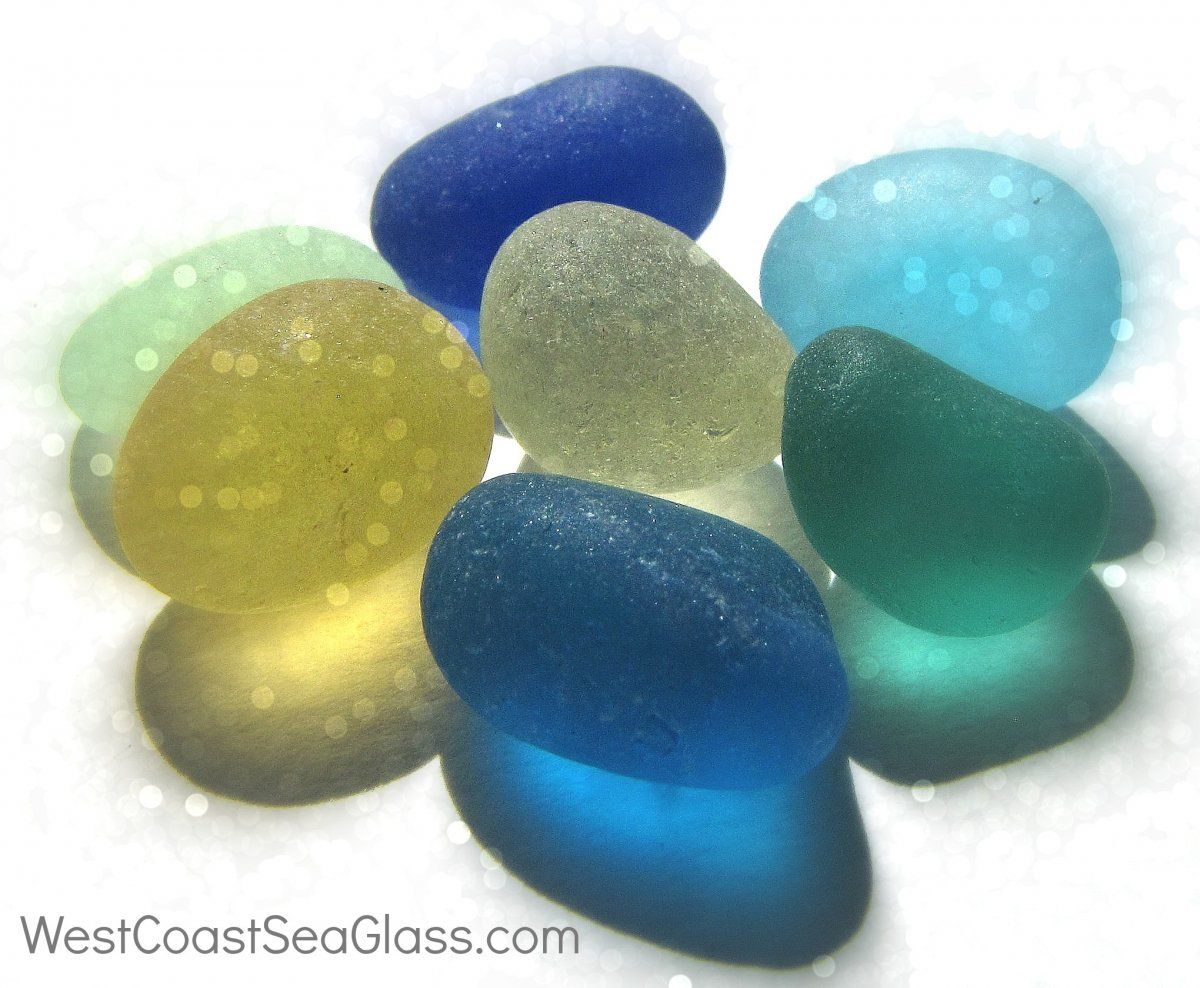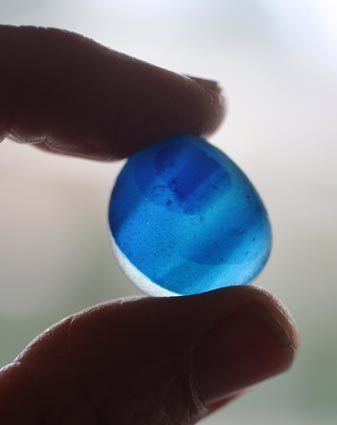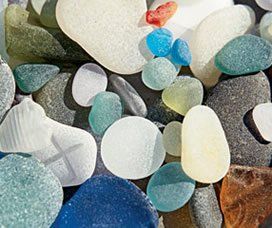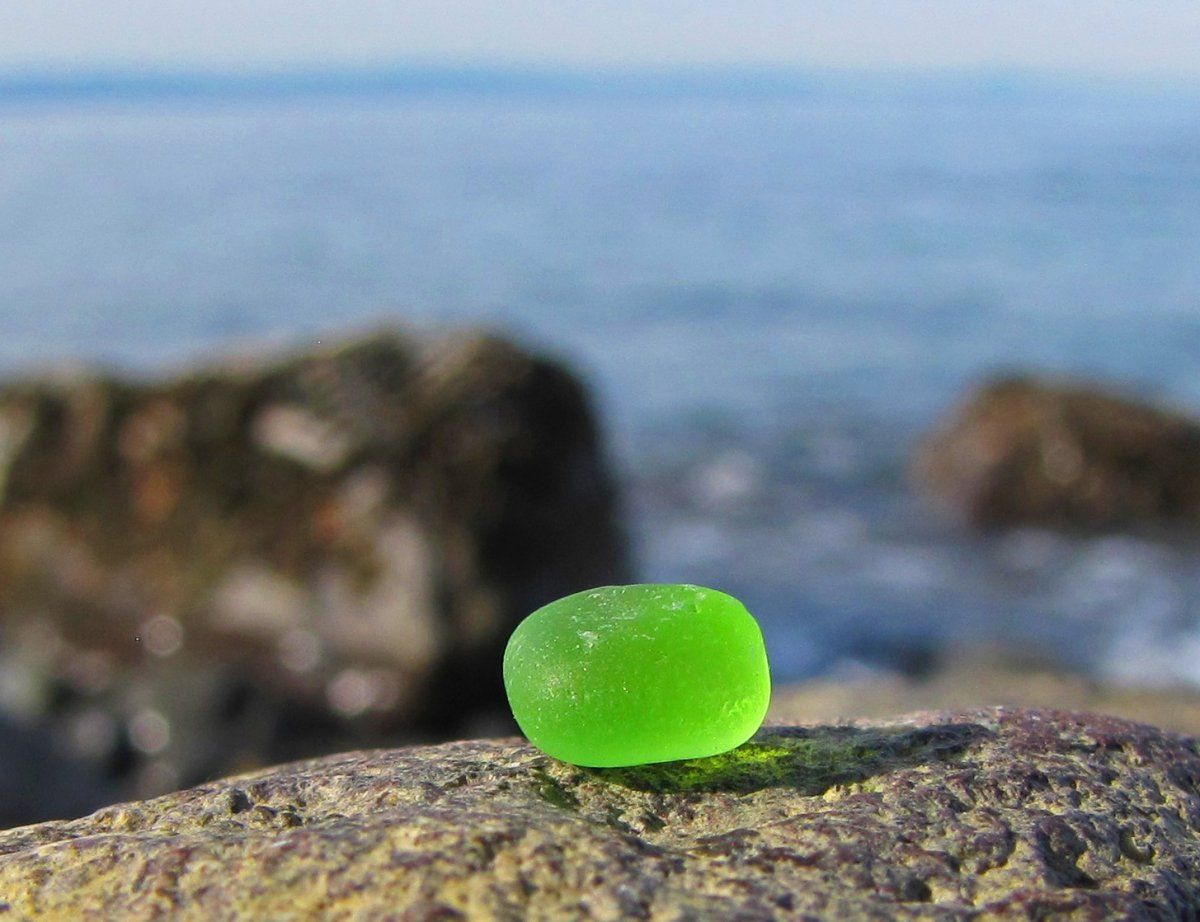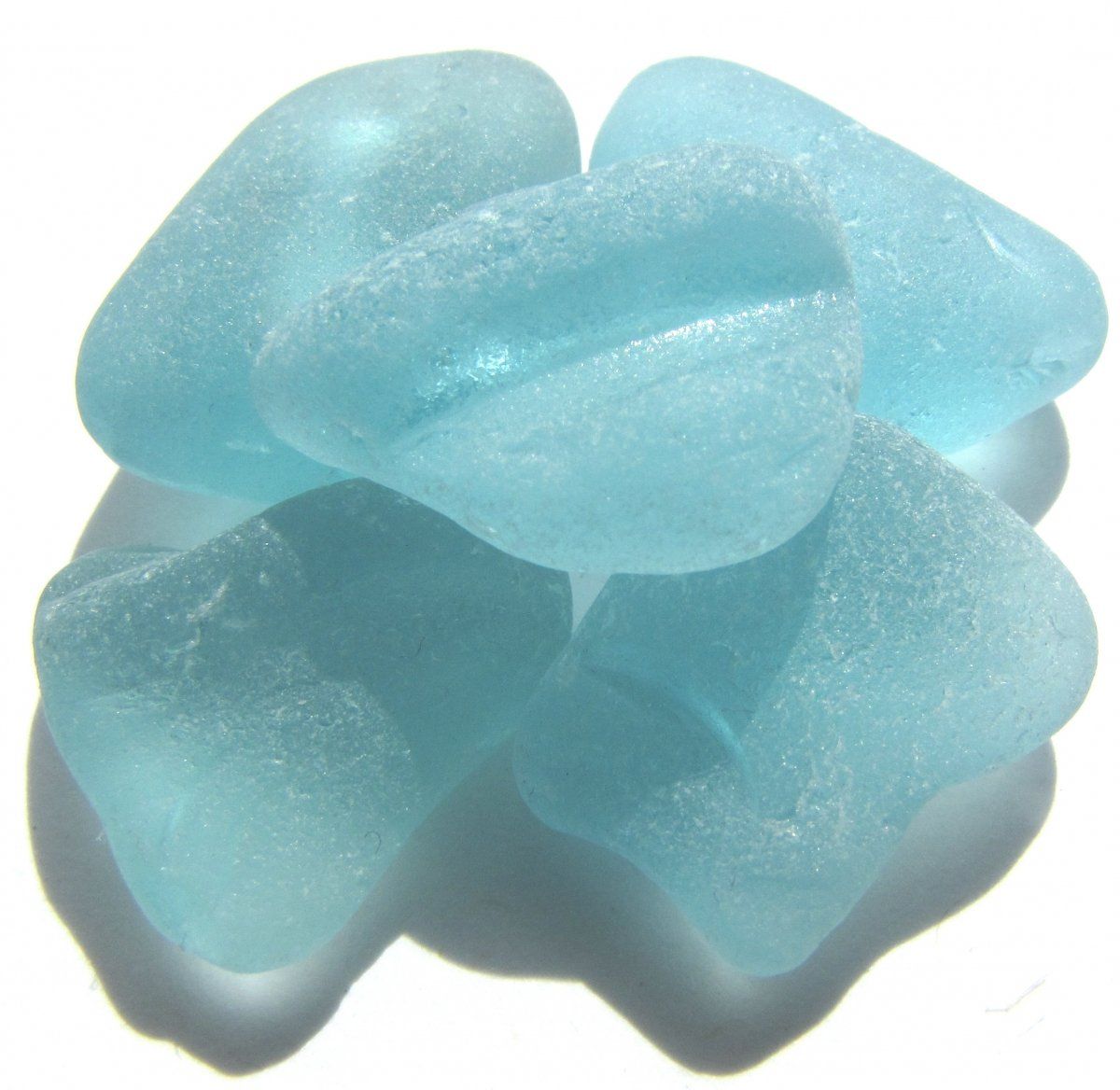Living on the Peninsula - "Sea Glass Colors Her Life" by Patricia Morrison Coate
Living on the Peninsula -
"Sea Glass Colors Her Life"
by Patricia Morrison Coate
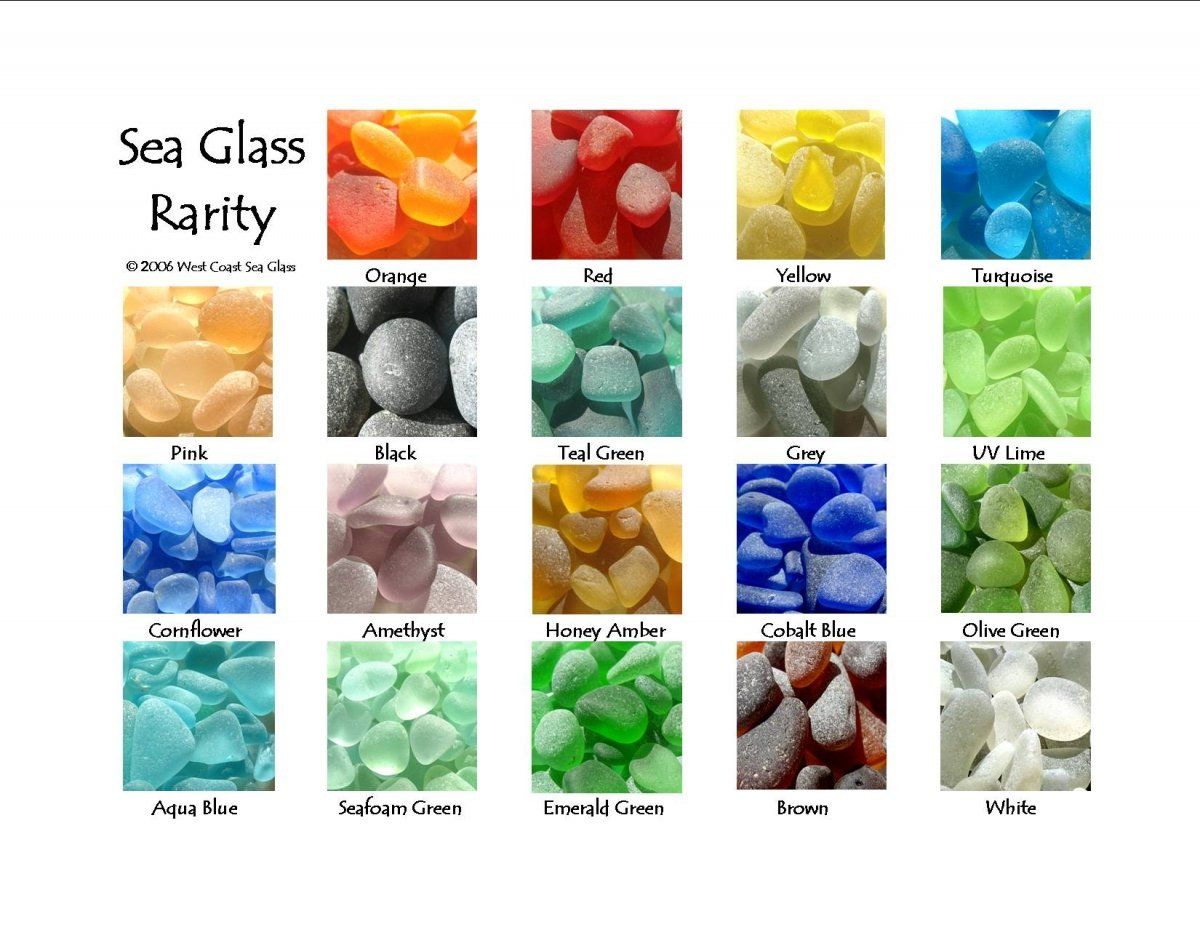
May 31, 2006 -
“It probably started when I was a little girl, growing up on the coast of Oregon,” Beuke recalled. “I went to the beach with my brothers and sisters and we called it ‘treasure hunting.’ I’ve always had sea glass, but I really got into it 10 years ago and I had no idea I had really one of the best collections in the world.”
Not content merely to amass tens of thousands of pieces in a rainbow palette, Beuke began educating herself on the what, where and how of sea glass.
“I can tell in a second the difference between real and tumbled glass and I’m guessing most people can’t because it takes a lifetime. You can’t mimic it in a (rock) tumbler,” Beuke said.
Despite her knack in spotting bits of beach jewels – on her best day she pocketed 1,500 pieces over 12 hours with a friend – she learned that sea glass is a scant commodity and one that has history and intrigue to it.
“I can look at a piece and tell you all about it,” she said, palming pieces in red (train/boat lantern glass or a ruby goblet), orange (fine European tableware), dark purple (an early electrical insulator), pale green (a bottle stopper), dark green and brown (soda, beer and liquor bottles). “I can look at a piece and tell you how many decades old it is. One hundred, even 50 years ago, they’d haul stuff out on boats and dump it into the water. On the North Olympic Peninsula, whole schooners would be loaded with refuse, set adrift and burned, so now we have ‘bonfire glass’ where one piece has melted into another.”
With a fellow aficionado, Lindsay Treiber, Beuke developed a rarity chart for West Coast Sea Glass. From the rarest to most common, the colors are orange, lavender, red/cranberry, yellow, turquoise, pink, grey, jade green, olive green, teal, lime/seafoam green, conflower blue, cobalt blue, aquamarine, emerald green, amber brown, chocolate brown and white/clear.
Beuke still thinks of searching for sea glass as treasure hunting, but now the colorful chunks she collects often become treasures for admirers worldwide. Through her cottage-industry company, West Coast Sea Glass Jewelry, she fashions and sells rings, earrings, pendants, key chains, cufflinks, hair barrettes, charm bracelets, necklaces and anklets on the international market via the Internet and at shows nationally. As she notes on her Web site at
www.westcoastseaglass.com, “It is 100-percent genuine, naturally sculpted by the waves, sand, winds, tides and currents of the ocean…” She also sells some of her most dynamic sea glass finds to high-end jewelers who craft one-of-a-kind pieces in gold.
Sea glass collecting, buying and selling has an international following and Beuke shares her knowledge through photos and phone calls, often helping less experienced collectors identify their pieces. Others recognize her expertise in the field and she’s a sought-after speaker at sea glass seminars.
Beuke didn’t realize she had one of the premier collections of sea glass worldwide until she read Richard LaMotte’s definitive book, “Pure Sea Glass: Discovering Nature’s Vanishing Gems.” The eminent sea glass expert, despite having amassed his own study group of 30,000 pieces of sea glass, had no true orange orbs in his collection, so he had to borrow some to be photographed for his book (2004, Chesapeake Seaglass Publishing).
